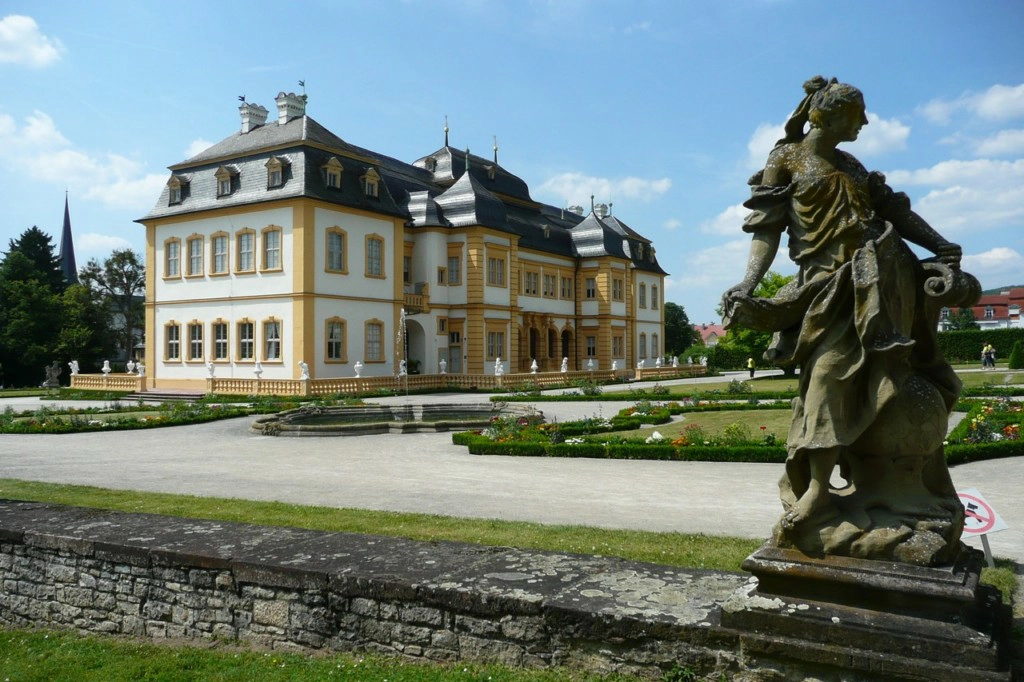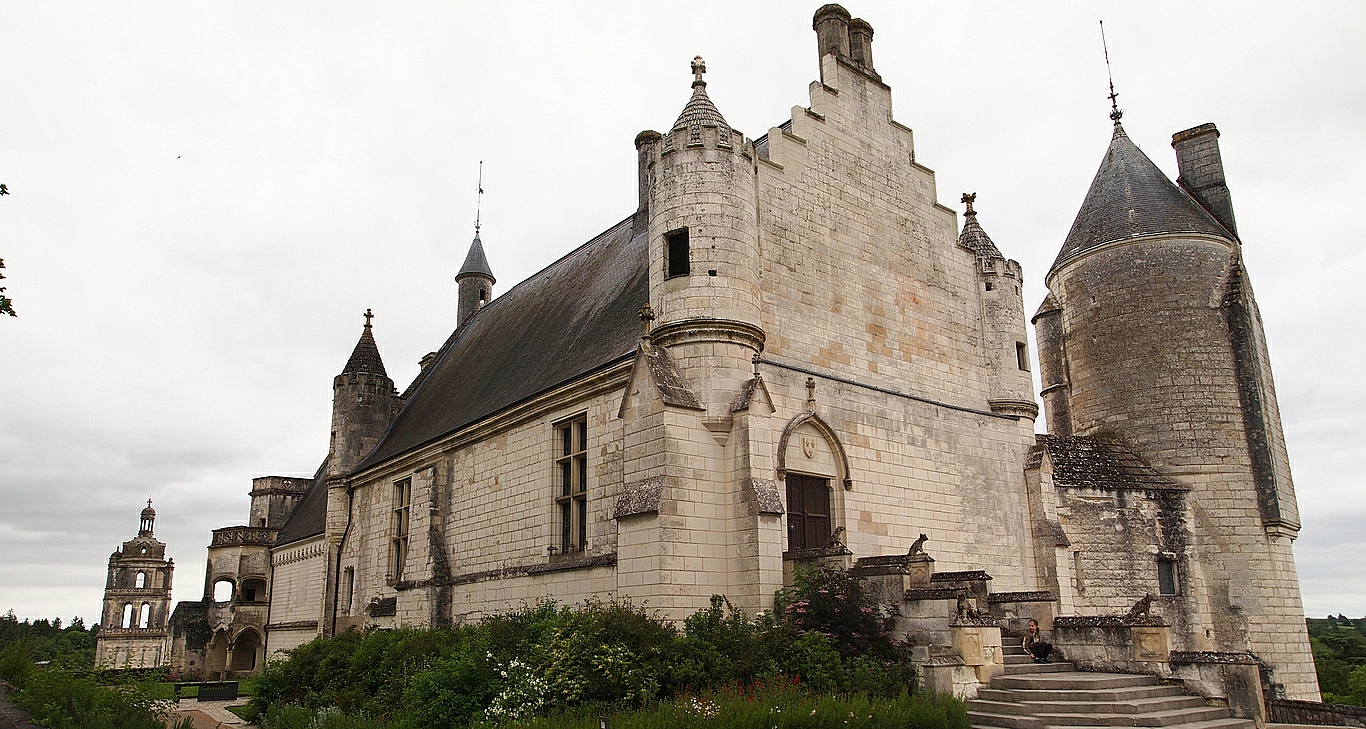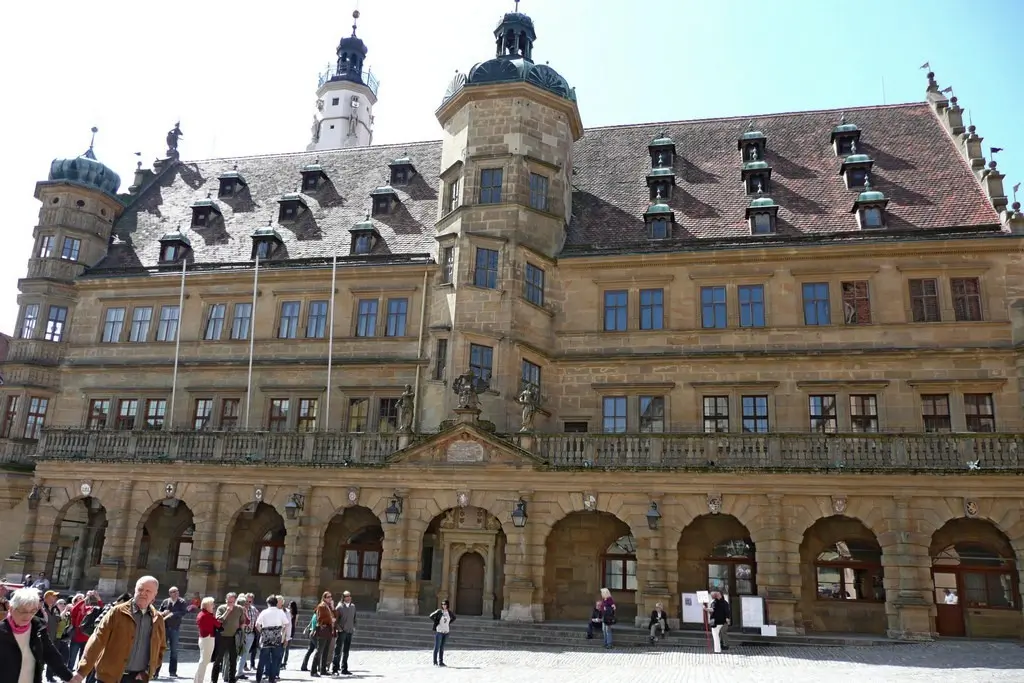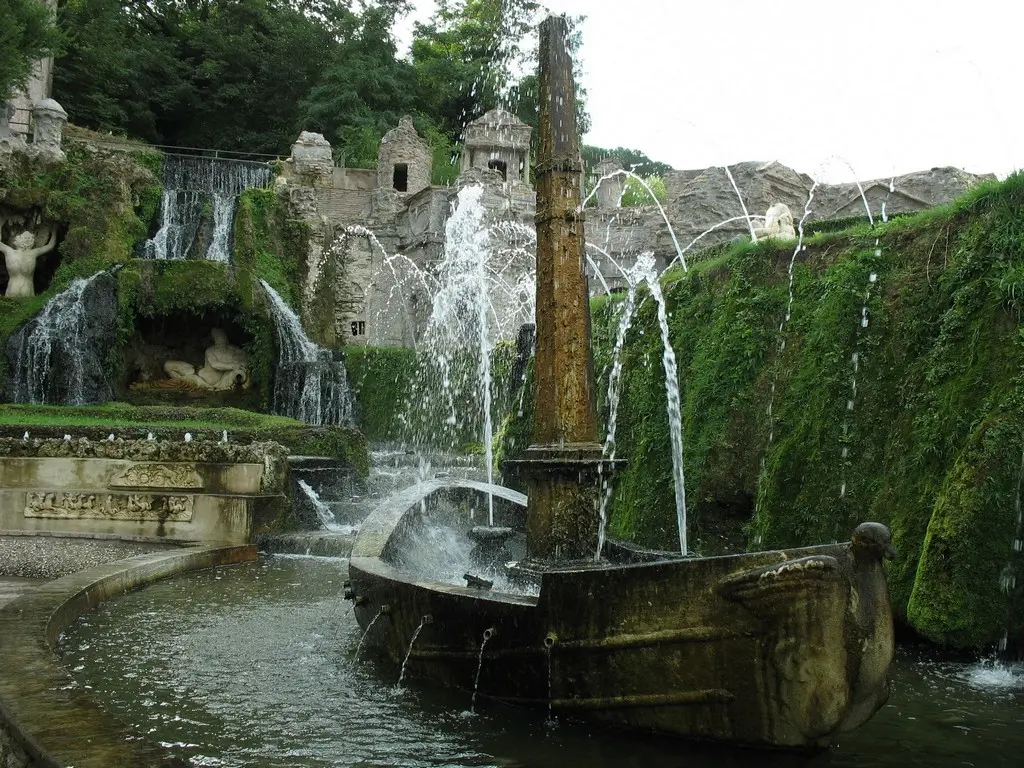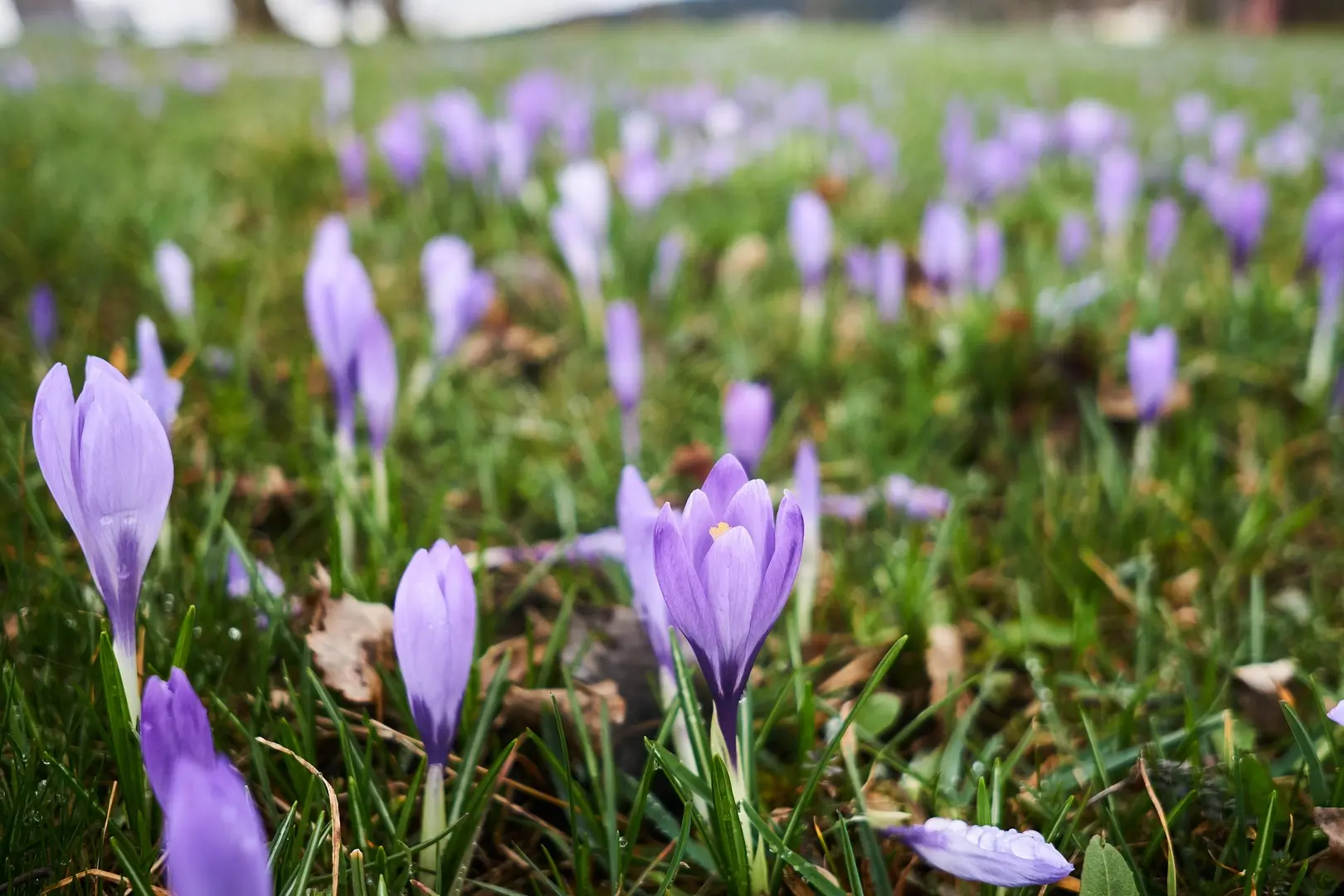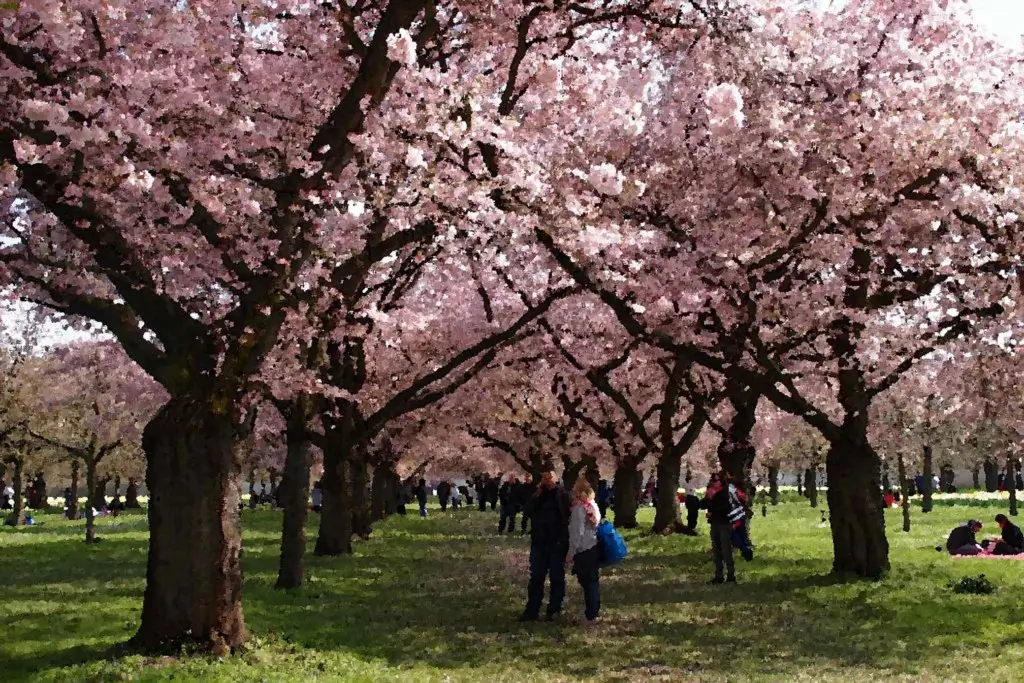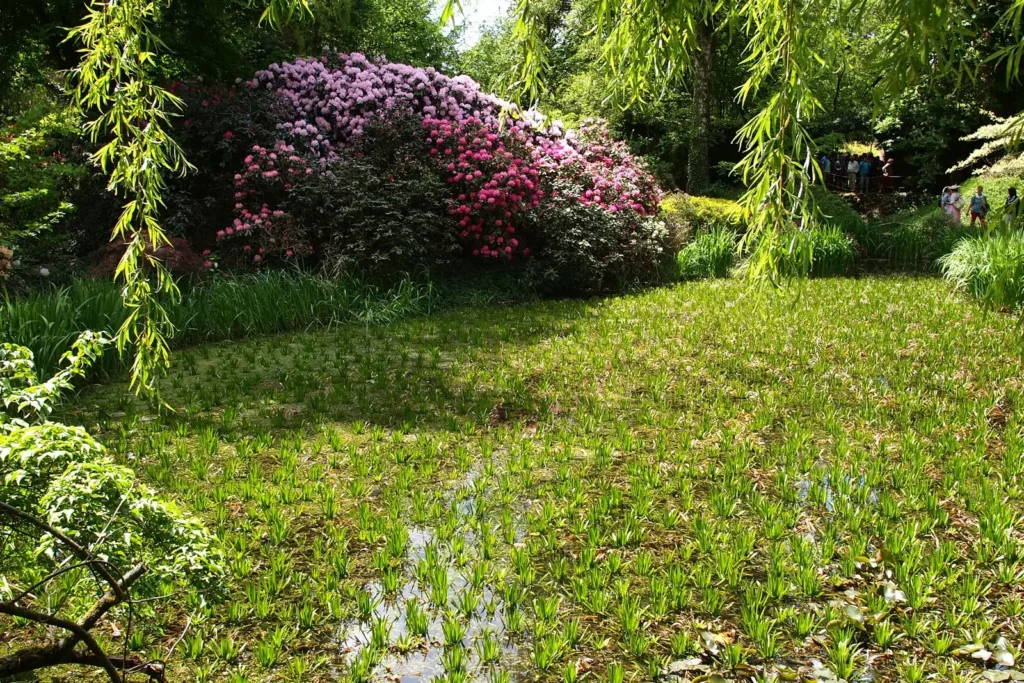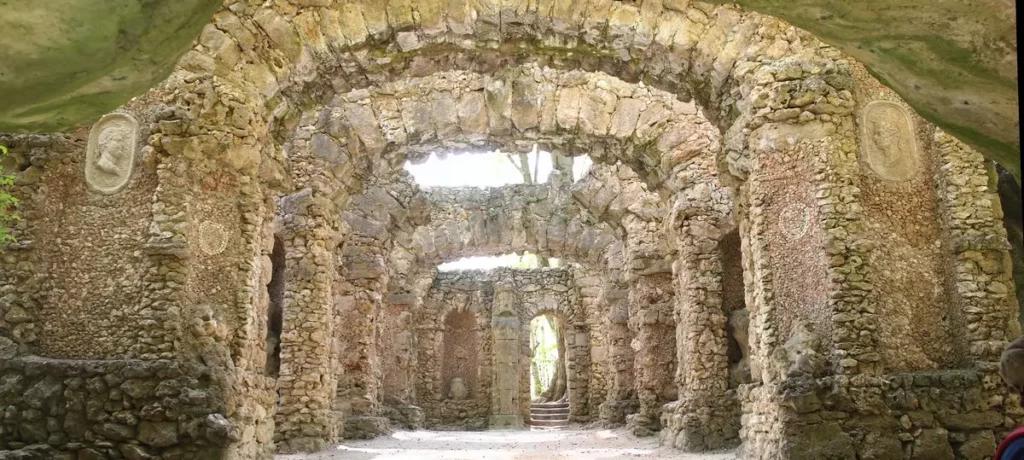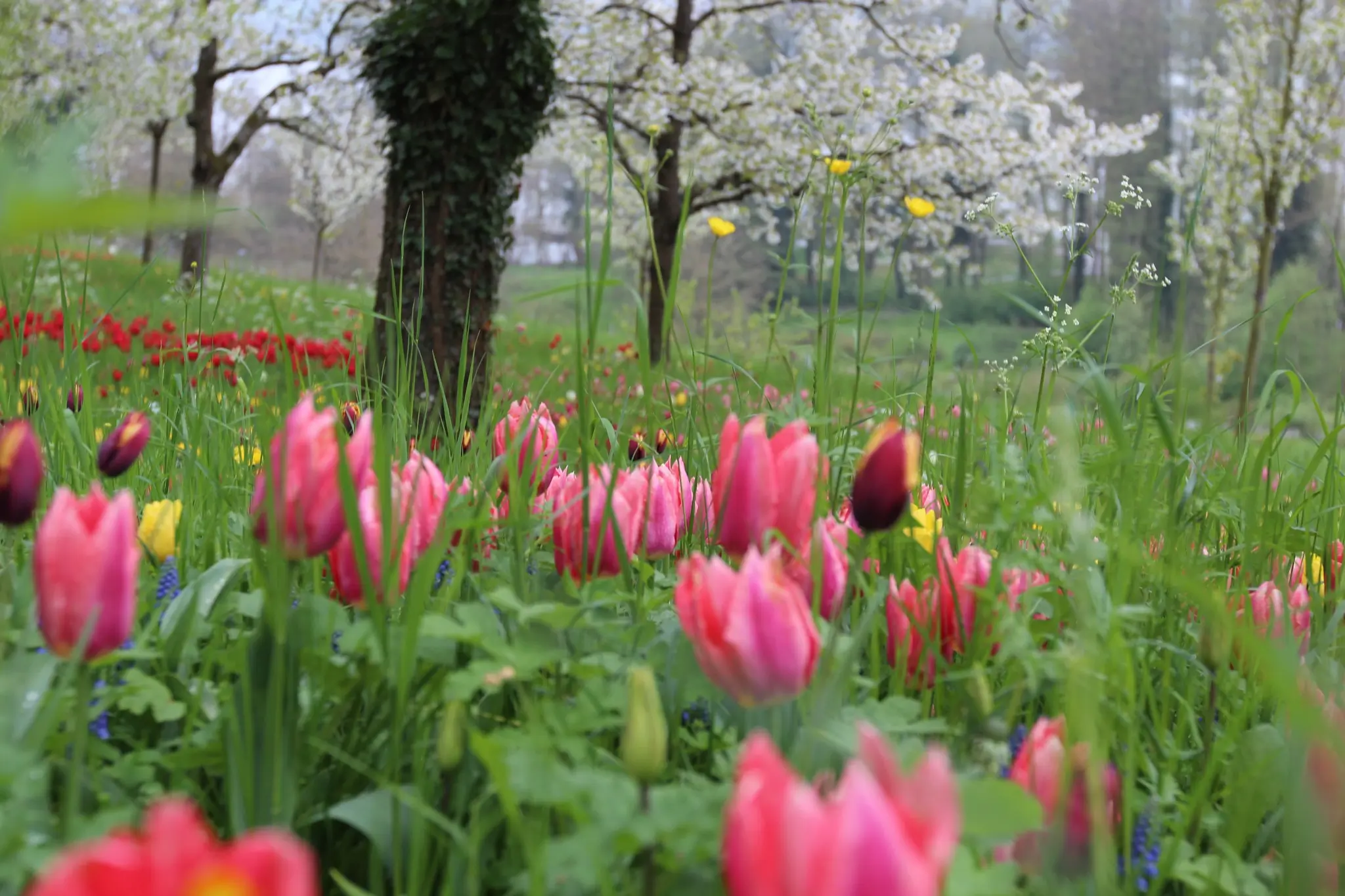The rococo garden and palace in Veitshöchheim is a must-see excursion from Würzburg for those who love gardens. You can get there by train, bus or boat.
parks and gardens
Attractions around Fontainebleau – south from Paris
This map will focus on attractions south from Paris – the departments of Essone and Seine-et-Marne around Fontainebleau. Most are suitable for day trips or stopovers along the way. You can stay up to three days in Fontainebleau and Provins to explore the area.
Loches and Chedigny village
Loches left the stage of history earlier than other cities of the Loire region, so it seems that not a single stone has been moved in it since the Middle Ages.
In this post we will see the large castle complex in Loches, and also the rose village of Chedigny.
Romantic Franconia
This map includes a significant part of the Northern Romantic Road route, the Romantic Franconia region, as well as the Franconian Lakes.
Tivoli Villa d’Este and Villa Gregoriana
Tivoli with its Villa d’Este and Villa Gregoriana is the best option for a day trips from Rome. And even for two trips, since there is still Villa Adriana. You will be able to see three different beautiful parks with fontains, waterfall or ancient buildings and get away from the sun and crowds of Rome.
Bad Teinach Zavelstein castle and crocus fields
Once the inhabitants of the small town Zavelstein thought about the fact that the use of the land kills wild crocuses, and decided to fix it. First, they fenced off a piece of the fiel. Then they achieved that almost the entire field near their village fell under protection. They did not give it away for the construction of houses, did not build a nursing home, did not plow it up for rapeseed. But simply guarded so that once a year you could look at purple fields.
Schwetzingen. Cherry blossom garden
Not far from Speyer or Mannheim, on the way to Heidelberg, is the city of Schwetzingen.
There is a summer residence built for the electors of the Palatinate in the 18th century. The palace with the rococo-style theater has been partially preserved, but the main attraction, which claimed to be included in the UNESCO list, is the palace park, modeled after Versailles. In my opinion, UNESCO is maybe a little too much for them, but the park is really picturesque.
Dennenlohe. Rhododendron Garden
Germany has magnificent botanical gardens. And many of the front gardens delight the eye with their continuous flowering. But the garden as an art is a rare phenomenon here. Garden exhibitions (BuGa), which are supposed to show garden art, demonstrate much more gardening here. And there are certainly few large picturesque gardens.
One such phenomenon is the garden of Dennenlohe Palace.
Bayreuth. Sanspareil Rock garden
We continue the story about the creations of the Wilhemina of Prussia. This time about the Sanspareil rock garden in Wonsees.
The area around the castle Zwernitz served as hunting grounds for the margraves. The name Sanspareil comes from the words of one of the court ladies about the new rock park (Felsengarten) – “This is something incomparable!” The lady spoke in French, and these French words Wilhemina used to rename the place.
Lake Constance. Mainau Island of flowers
Mainau Island of flowers is a must see from late April to May and a good park for the rest of the time.
Photos of the three visits: the beginning of the tulip bloom, towards the end of the tulip bloom and in August.

